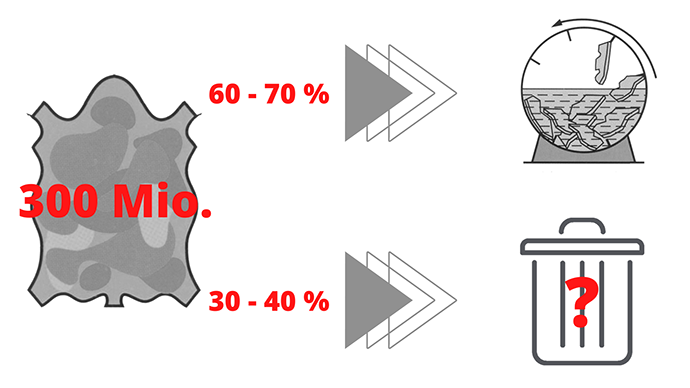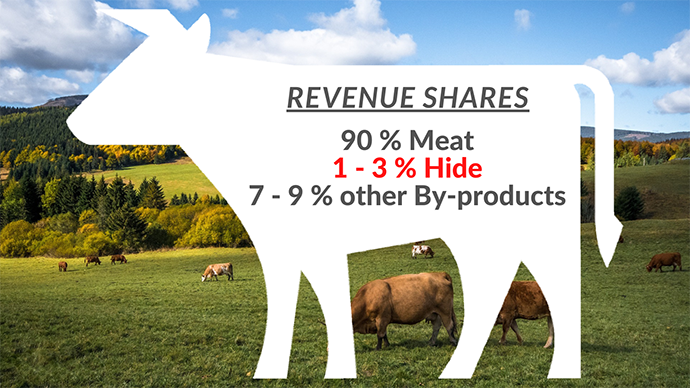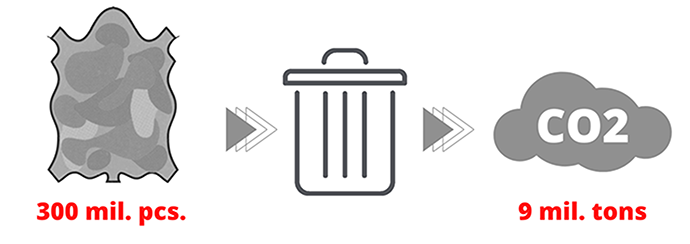Meat industry side issue
According to the Food and Agriculture Organization of the United Nations (FAO), around 300 million cattle are slaughtered each year to meet the world's demand for beef. Only an estimated 60 to 70 percent of the resulting cattle hides are processed by tanneries into high-quality, durable leather. This alone indicates that cattle are bred and slaughtered regardless of whether there is a buyer for the hide or not.
In most industries, the amount of raw material processed is determined by the demand for the finished product. This is not the case with the leather industry because the supply of hides is determined by meat consumption. Of course, by-products such as hides generate additional revenue, but to an extremely small extent. The assumption that cattle are also bred for their hide is therefore wrong. And as long as the skin value is only a fraction of the meat value, this will not change. Hides should therefore be regarded as by-products of the meat and dairy industry.
Without the leather industry, the hides would have to be disposed of as waste, with considerable disadvantages for the environment, as this would cause CO2 emissions of around 9 million tons. Not without reason, therefore, leather is described as one of the first recycled products in the history of mankind and leather production as an ecological recycling mission. Leather is therefore not a cause but a useful consequence of animal husbandry.







